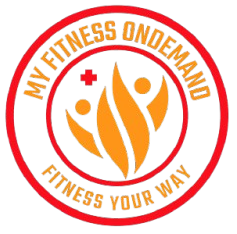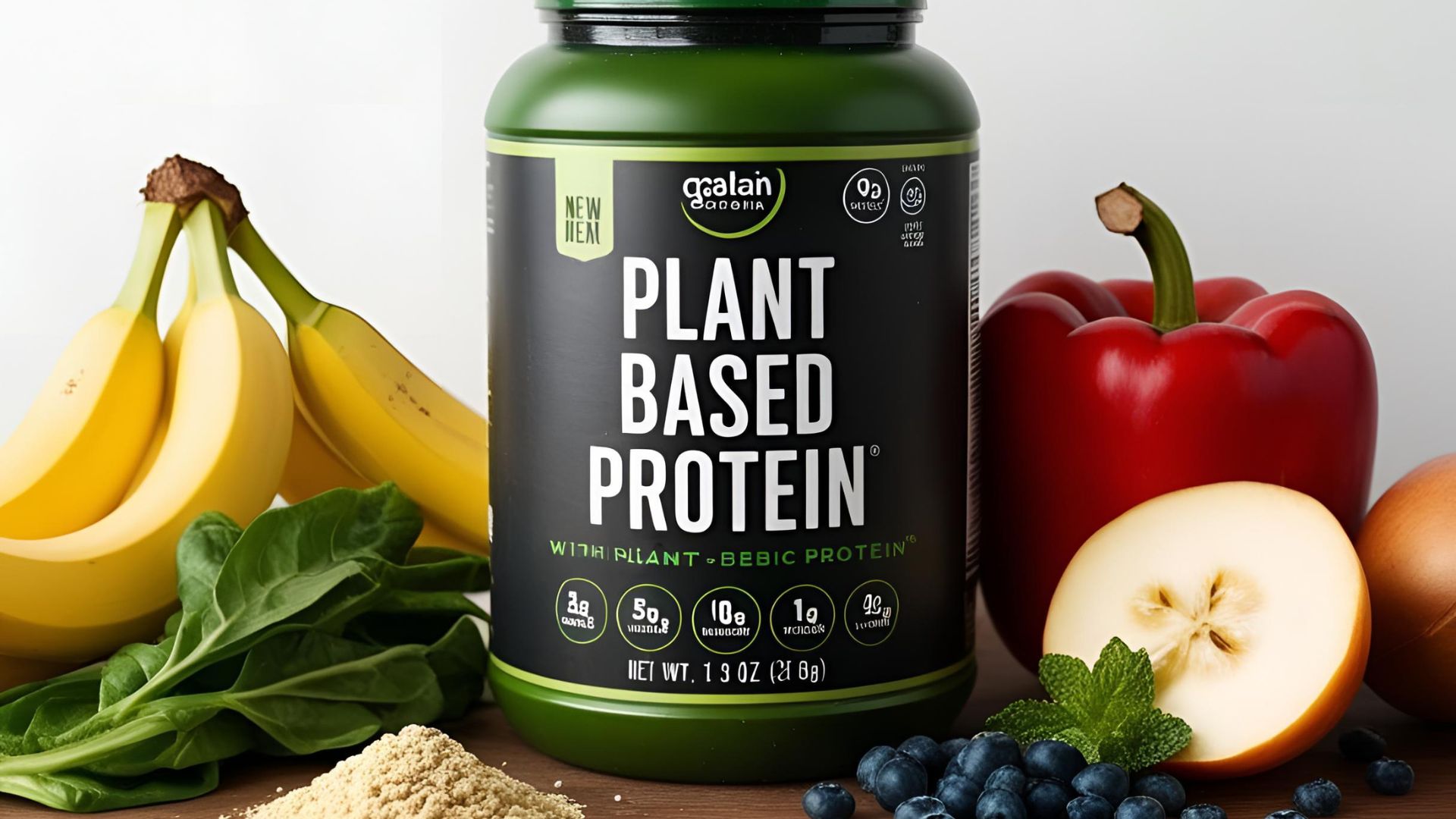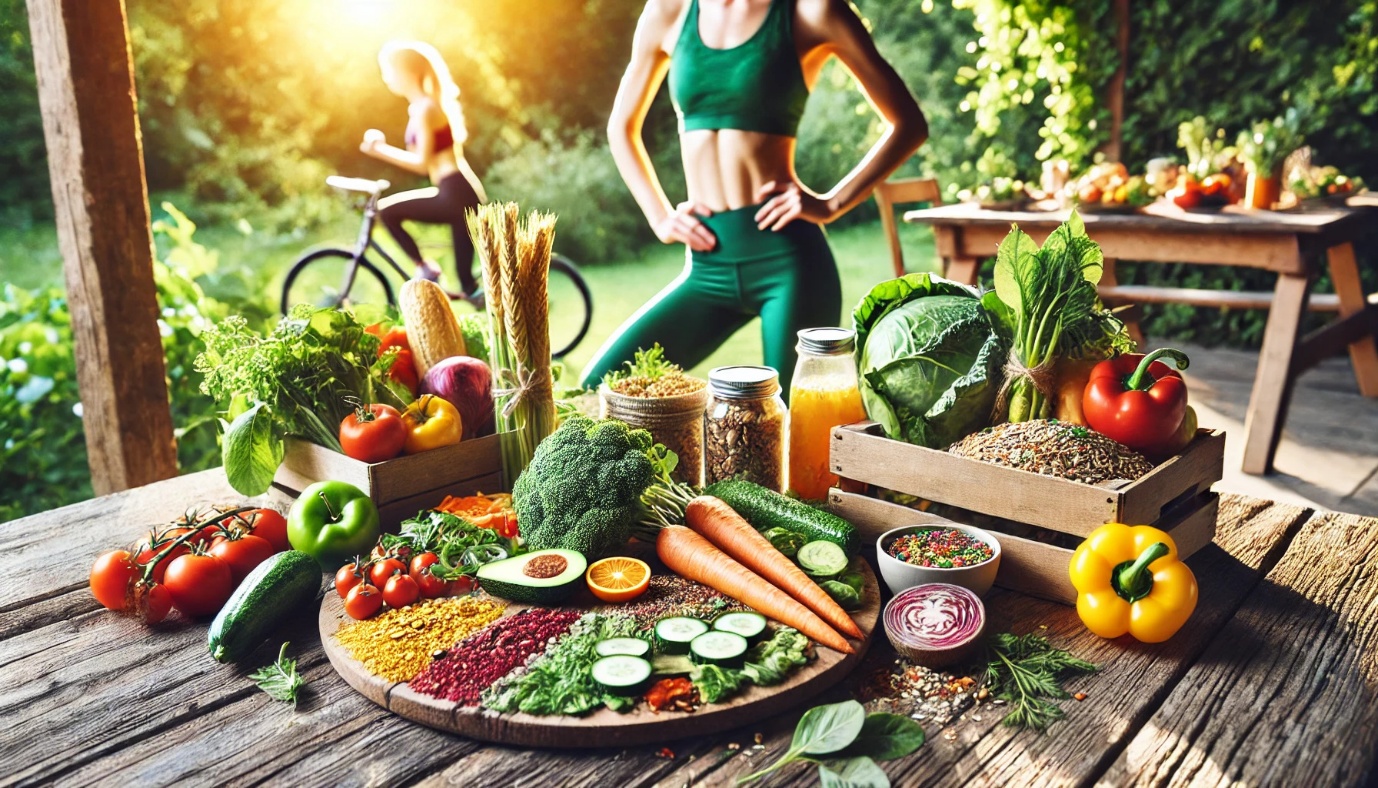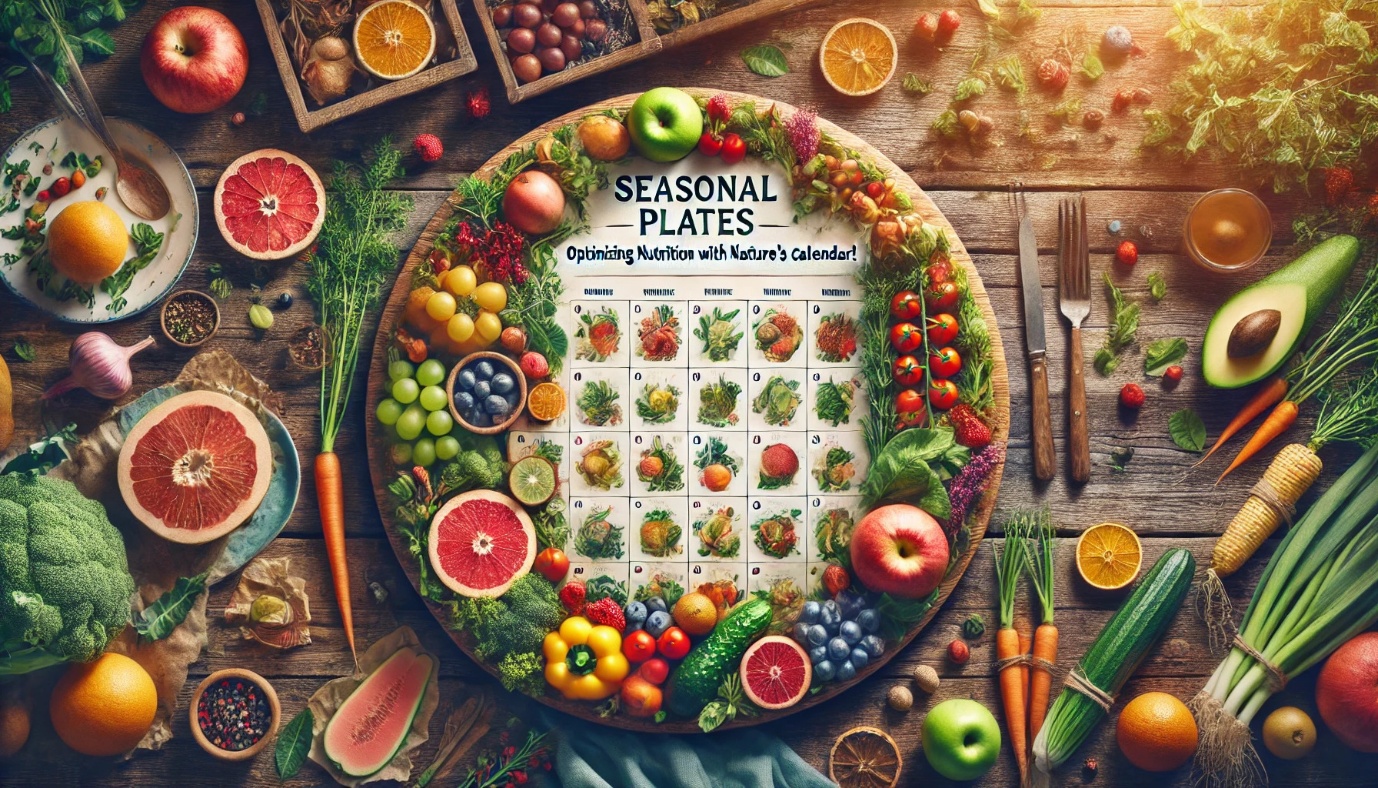Plant proteins are vital for muscle growth and repair. Include them in meals whether you’re into fitness, sports or seeking a healthier lifestyle– a must with plant-based diets on the up.
Let’s look at various plant proteins and discover ways to add them to your diet for improved health and athletic performance!
Understanding Plant-Based Proteins
Plant-based proteins come from legumes, grains, nuts, seeds, and veggies.
Unlike animal proteins, most don’t contain all nine essential amino acids— but you can combine a variety of plant proteins in your diet to meet your daily nutritional needs!
Top Plant-Based Protein Sources
a. Legumes
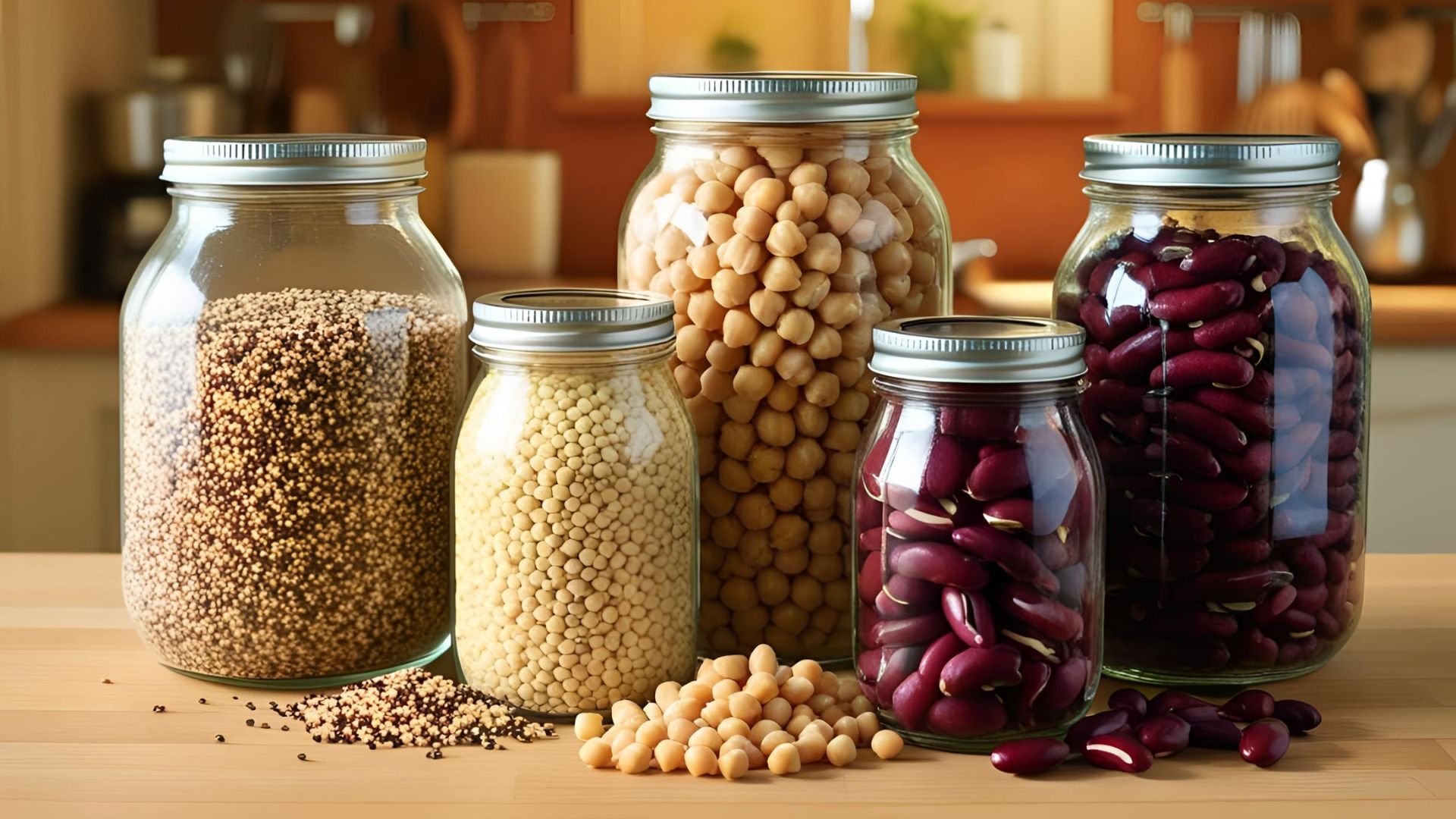
- Lentils: You can use lentils for almost anything! They have 18g of protein in each cooked cup– add them to soups, salads and stews.
- Chickpeas: One cup has about 15g protein. Besides hummus, use them in veggie burgers, curry dishes, roasted for snacks.
- Black beans: Add to salads, tacos, brownies– they pack a punch with 15g protein per cup– not to mention antioxidants!
b. Whole Grains
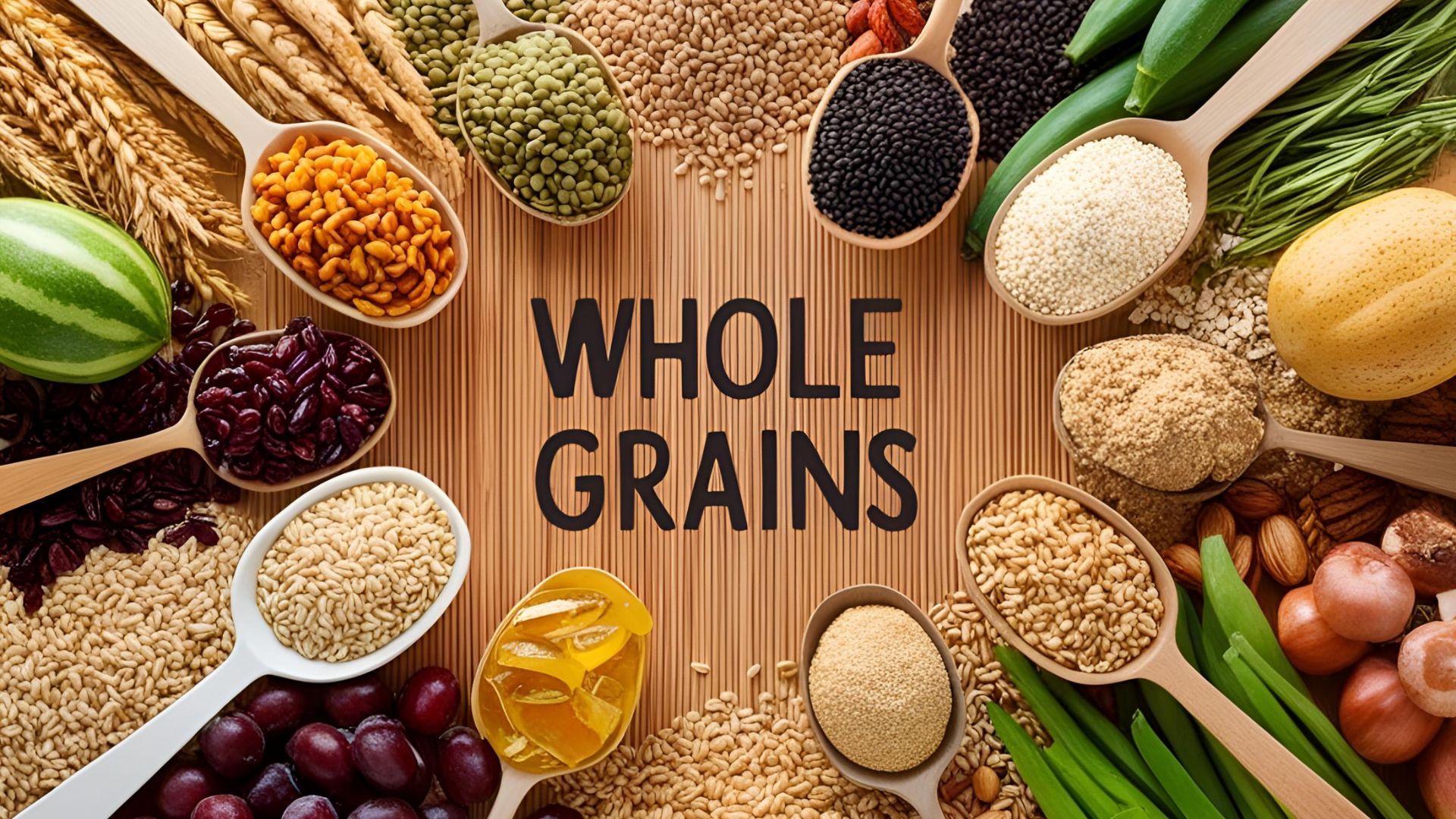
- Quinoa: With 8g protein per cup, quinoa is a great base for salads and bowls (plus it’s a complete protein!).
- Farro: To increase the chewiness of risottos and soups, use farro. With about 7g of protein per cup, this whole grain has been available since ancient times!
- Brown rice: Although not a complete protein source on its own (don’t worry we’ll cover that later), there are still 5g in each cooked cup! This grain works well alongside other protein sources too.
c. Nuts and Seeds
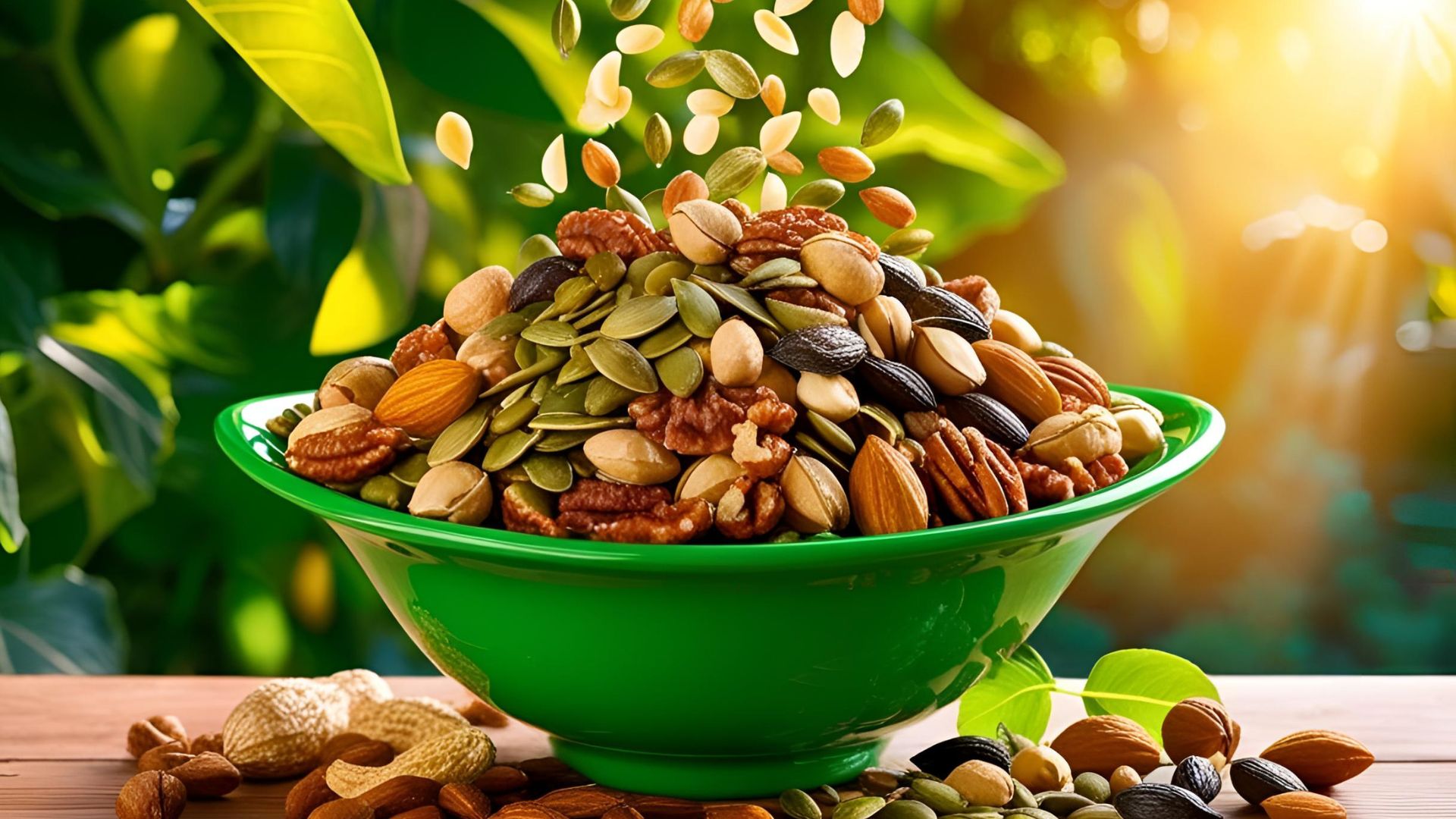
- Almonds: With 6g of protein per ounce plus healthy fats, almonds are ideal for snacks or boosting shakes.
- Chia seeds: Add into puddings, baking, or smoothies– these little gems have 4g of protein in just two tablespoons.
- Hemp seeds: Power up your salads with 10g of protein per three tablespoons (or slip them into smoothies).
d. Soy Products
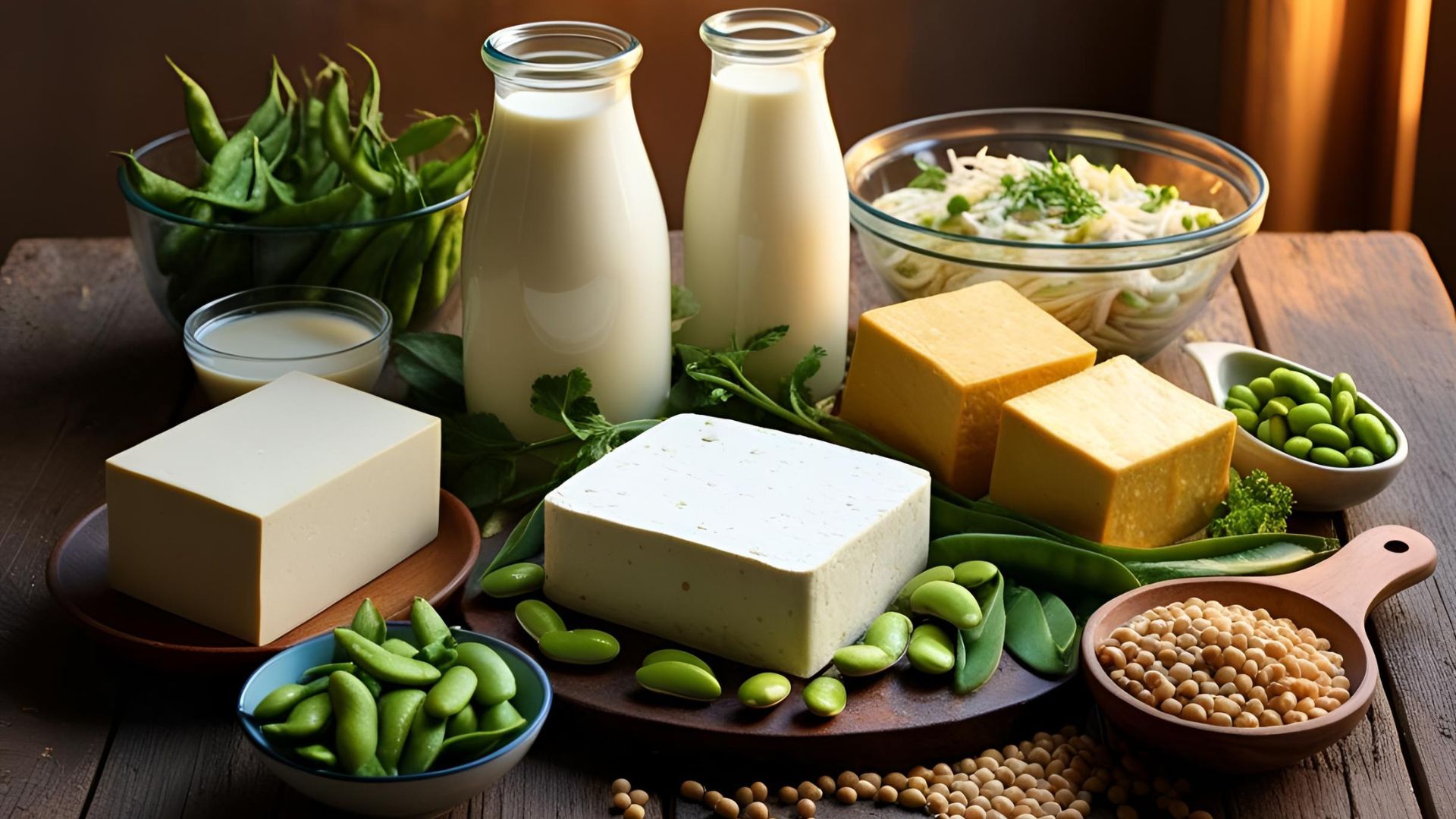
- Tofu: Grill it, stir-fry it or add it to smoothies. You’ll get 20g of protein in just one cup.
- Tempeh: Has a nutty taste as it’s fermented. Put it in sandwiches, salads and stir-fries for 21g of protein per cup.
- Edamame: Consume them straight out of the pod as a snack or appetizer. You’ll have 17g of protein in every cup.
e. Vegetables
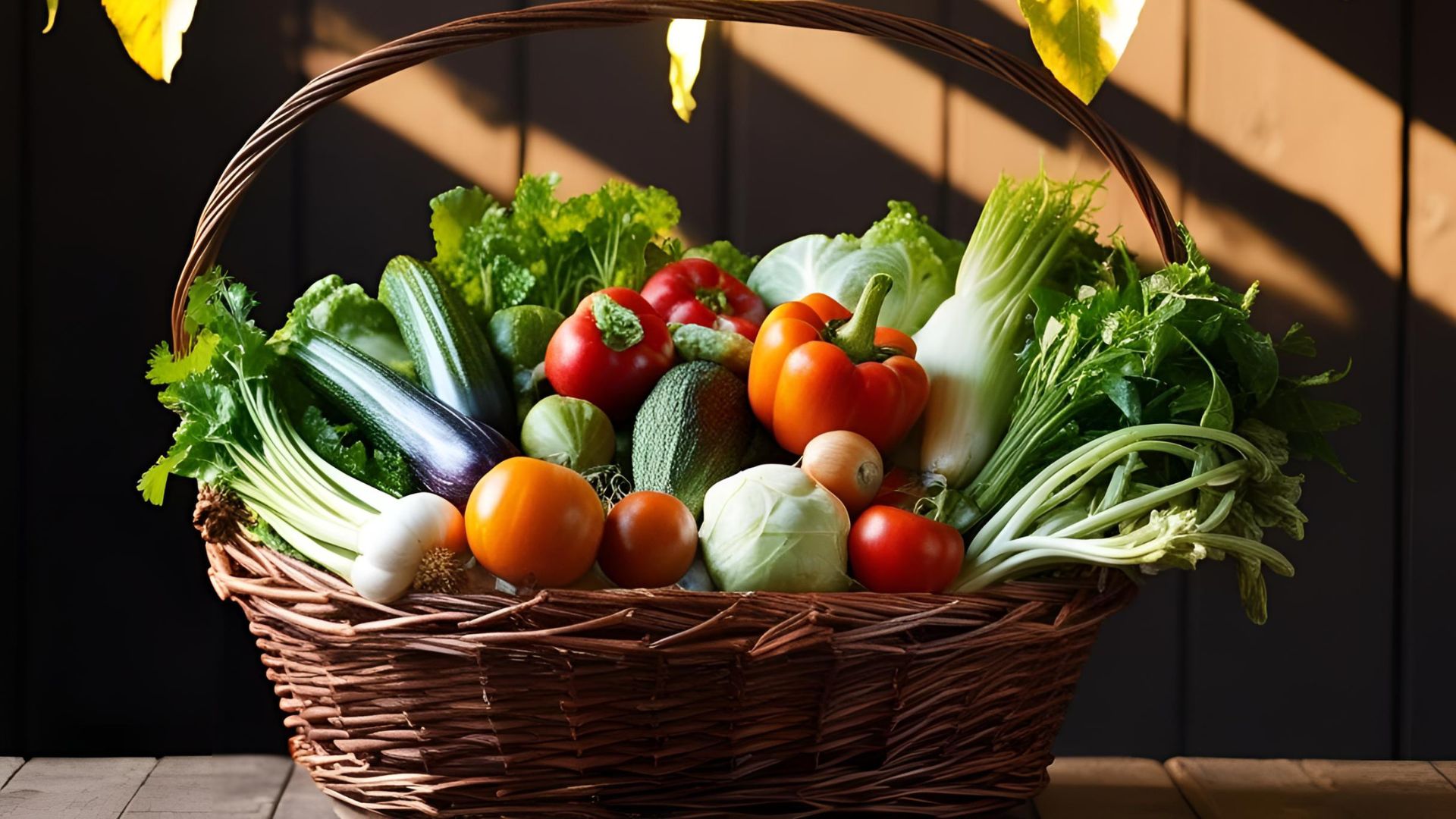
- Spinach: Don’t dismiss spinach! Although it’s not protein-rich per serving, this leafy green contributes to daily intake totals– along with providing crucial vitamins (one cooked cup = approx. 5g protein).
- Broccoli: Looking for meals supporting muscle repair and good health overall? Then start including broccoli regularly. There’s around 4g protein per cup– so it’s nutrient-dense as well.
- Brussels Sprouts: Serve sautéed or roasted as a side: Brussels sprouts really deliver when you need vegetable-based protein (approx. 4g per cup).
Combining Proteins for Completeness
To get all the amino acids you need, mix up plant proteins during the day. Here are some tasty combos that will give you complete protein:
- Rice and beans
- Hummus and whole wheat pitta
- Peanut butter on whole grain bread
Enhancing Protein Absorption
Maximizing plant protein utilization goes beyond intake alone — you also want to focus on absorption. Try these tips to help your body make the most of them:
- Soak and sprout: Decrease compounds that block nutrients such as phytic acid by soaking nuts, seeds, and beans; this makes their protein more available.
- Ferment: Foods like miso and tempeh are fermented, which can make proteins easier to digest.
- Cook right: Breaking down plant cell walls through proper cooking can increase access to their proteins.
- Pair with vitamin C: Eating vitamin C–rich foods with sources of protein can improve how well your body absorbs iron while also supporting overall protein metabolism.
Practical Meal Ideas
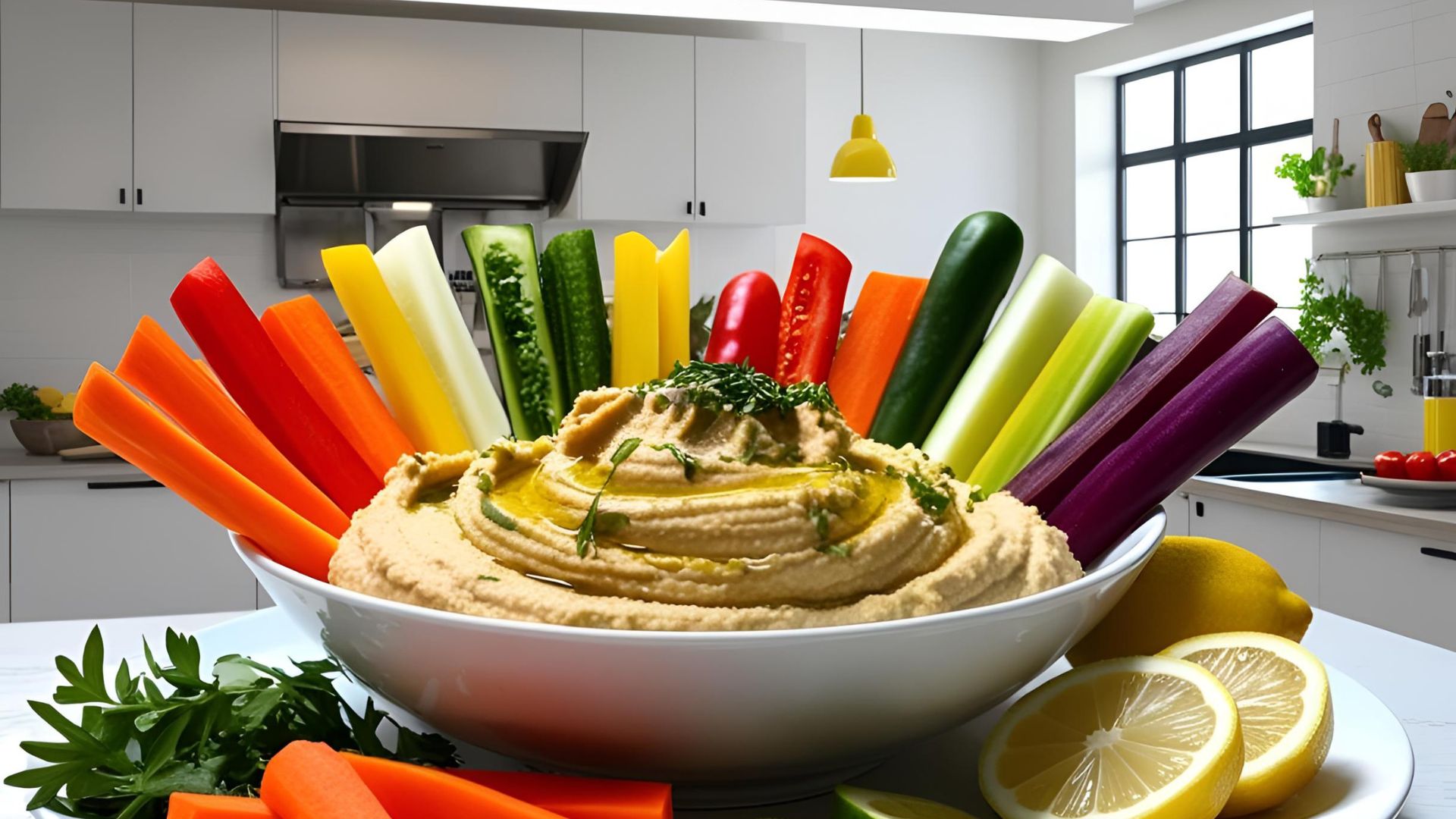
Make your meals pop with plant power! These tasty, simple ideas will get you going:
- Kick-start your day with a pea protein powder, berry, chia seed and spinach smoothie.
- Try a quinoa salad for lunch. Mix this grain with black beans, corn, avocado– and give it a kick with lime-cilantro dressing.
- Snacks can include almonds and apple slices. Or how about vegetable sticks with hummus?
- For dinner, stir-fried tofu, bell peppers and broccoli served on brown rice is a good bet.
- If you’re craving something sweet after all that, why not have some fun with chia seed pudding? Add fresh fruit to one made with almond milk.
Supplementing With Plant-Based Protein Powders
Plant-based protein powders are there for you if you want to up your protein intake. Here are some popular options:
- Pea Protein: It’s easy to digest and packed with muscle-building BCAAs.
- Rice Protein: Amino acid profile lacking? Don’t worry– mix this one with other plant proteins.
- Hemp Protein: Get your protein and omega-3s in one hit– great for general health maintenance.
To get the best value, pick powders with few added extras; those boosted with essential vitamins and minerals also deserve a place in your shopping basket!
Addressing Common Concerns
- Protein Sufficiency: A lot of people are concerned that if they don’t eat meat, they won’t get all the protein they need. But with good planning you can definitely meet your protein needs from plants.
- Muscle Building: Plant proteins can do a good job at helping your muscles recover after exercise– and grow. To make this happen you need to eat enough protein and make sure you get all the different amino acids; don’t just eat one type of plant protein.
- Digestibility: Some people find certain plant-proteins give them wind or an upset stomach. If this happens to you, one idea could be to eat more fermented foods (such as tofu, miso or pickles) which might help.
The Bottom Line
Incorporating plant proteins into your diet can help you build and repair muscle more effectively.
Find out all about the different types available, how to blend them to best effect, and ways to boost their absorption.
If you get it right, you’ll be able to enjoy all the benefits of a plant-based diet– and feel fitter than ever before!
